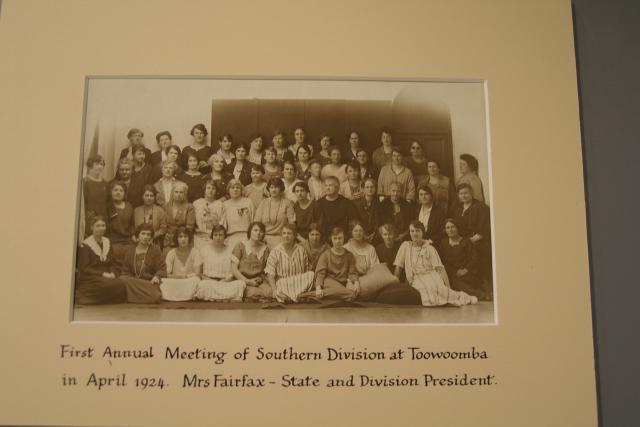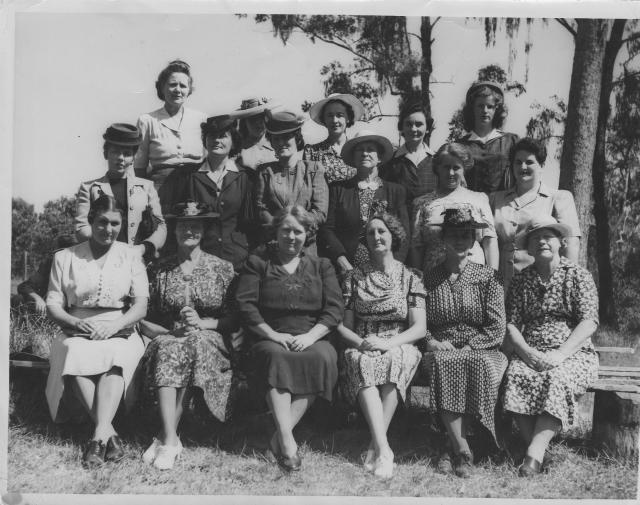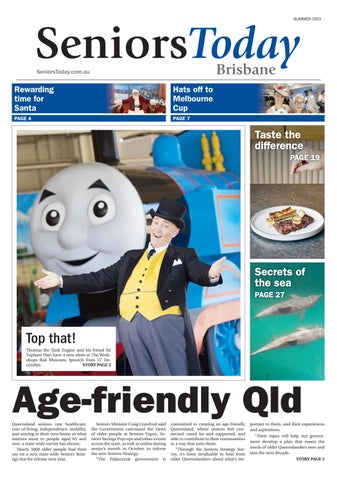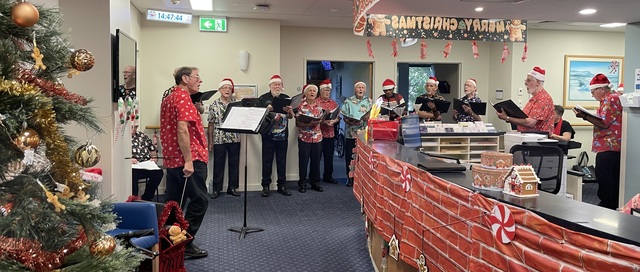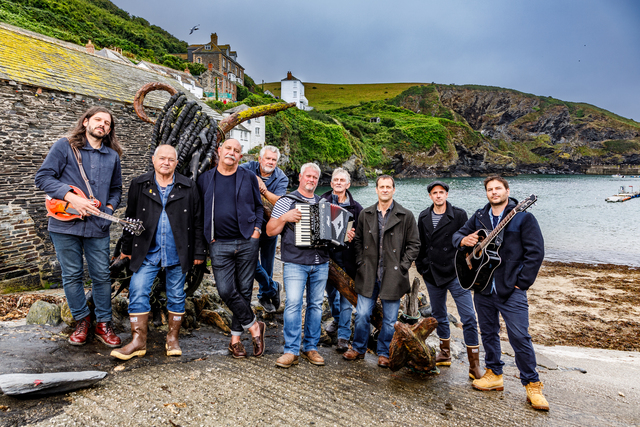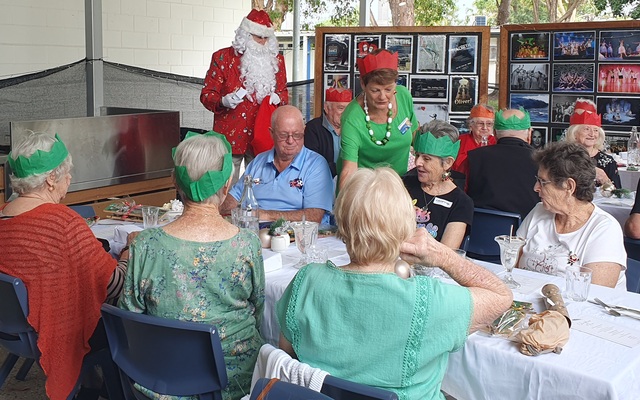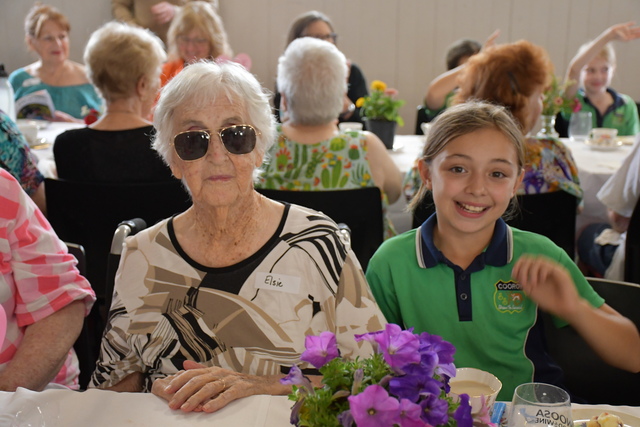The Country Women’s Association celebrates its centenary in Queensland (and NSW) this year and while most people know the organization for its scones and sponge cakes it was and is a lot more than that.
In fact, according to CWA Queensland immediate past president and Centenary Committee member Christine King the organization was very involved in improving the situation and lives of women and families across the State starting programs that have now become part of the everyday life.
Christine said the early programs included a “reliever housekeeping service” supplying housekeepers in rural areas where a family was struggling.
“This was the start of the bush nursing service,” she explained.
“We filled a great need for projects that weren’t supplied by the Government or council or any other body. We were out on the front doing these things. We were also involved in the wireless receiving and transmitting set – we raised money to put them out in rural areas so there was some communication for the Inland Medical Services.
“Communication has always been big on our radar, health and transport – the three things you need to survive. In 1935 we were involved in the children’s health scheme which later became the Bush Children’s Health Scheme which is now known as Bush Kids.
“We built student hostels all around Queensland because children used to live out on properties – now days mum drives you to school and picks you up and takes you home. They couldn’t do that on properties – there wasn’t the time or the transport – so the children came in for the week to go to school and then at the weekend went home. That was before the school of the air.”
CWA also set up waiting mother hostels where women, who couldn’t go into the pubs, could wait with their children and catch up with each other. They then built waiting mother’s hostels in towns for those women living on properties to come when they were expecting a baby.
“The second world war came, and they put aside their projects and worked in association with the Australian Comforts Fund, and they assisted in making 20,000 camouflage nets,” she said.
“They were repairing uniforms and helping to provide meals for troops, assisting collecting sheepskins which were all sent to NSW to be made into vest for the soldiers to wear to keep warm.”
They also raised money to send food to Britain after the war and a lot of the women became the Land Army.
The organization has changed and moved on but their involvement and engagement in community is still strong even a hundred years down the track from the initial meetings that set the CWA up in the 20s.
“It was 1922 when we started – the world would have been a very different place then and I think in rural Queensland it would have been very different even to what is was in the cities,” Christine said.
“It started during the Brisbane Show though there had already been a discussion in NSW at the Royal Easter that they start an association for rural women. May MacFarlane was a member of the Brisbane women’s club, and she convened a meeting of the city and country woman to form an Association similar to what was being formed in NSW.
“She wrote to newspapers and gained publicity. She also contacted Sir Matthew Nathan who was the governor of the time – he really came onboard; he was our first patron. He really supported the formation of the CWA he was very vocal; he attended all conferences and spoke. We have lots of letters and documents that he supported the woman to the hilt. That was a rare thing for him to become involved in something like that. He was keen to be involved saying that if women felt there was the need for an organization of country women, they should do something about it themselves and so they did.”
The Brisbane Women’s club was instrumental in the CWA first starting and they had their first meeting at Albert Hall in Brisbane.
“They met on the 10th of August and the next day they appointed a provisional committee for six months and that was Mrs Ruth Fairfax was named the interim president,” Christine said.
“They appointed Miss Margery Schofield as the secretary and all women present were given the power to convene a branch of the association in their own districts on 11th August which is the accepted birthday of the CWA. A month later they held a meeting in
Toowoomba and Toowoomba became the headquarters, and a draft constitution was presented, that we become non-political and non-sectarian. The first conference was held the next year, 1923, in Toowoomba and that six-month provisional period was over but we’d already got branches at Kingaroy, Warwick, Roma, Chinchilla, Allora and Laidley. Others still followed.
“It was all systems go and it seemed to be very enthusiastic, and they were very much committed to making this work because NSW had set one up and we weren’t going to be left out. I think the women were getting strength from one another because those were the days when the woman walked behind the man, and she didn’t have her own name – she was the husband’s name.
“That’s how we started, I think it was pretty exciting in those days, it would have been very tough out beyond the Great Dividing Range – there wouldn’t have been a lot of sealed roads. There was a lot of people coming back from the First World War, there wouldn’t have been a lot of money so maybe if you had a horse and a cart and a buggy you probably considered quite well off and if you had a car, I’d say you were extremely well off.”
Ruth Fairfax toured around Queensland on trains and some driving to visit women and start branches everywhere. In 1924 – two years after the organization started – they started to build seaside huts and cottages for country people to use for holidays on the coast.
“It was a chance to see the water, which some of them had never seen before – this was one of the first projects and they were at Sandgate and Redcliffe, and they were all named after different people they’d found money from,” Christine explained.

